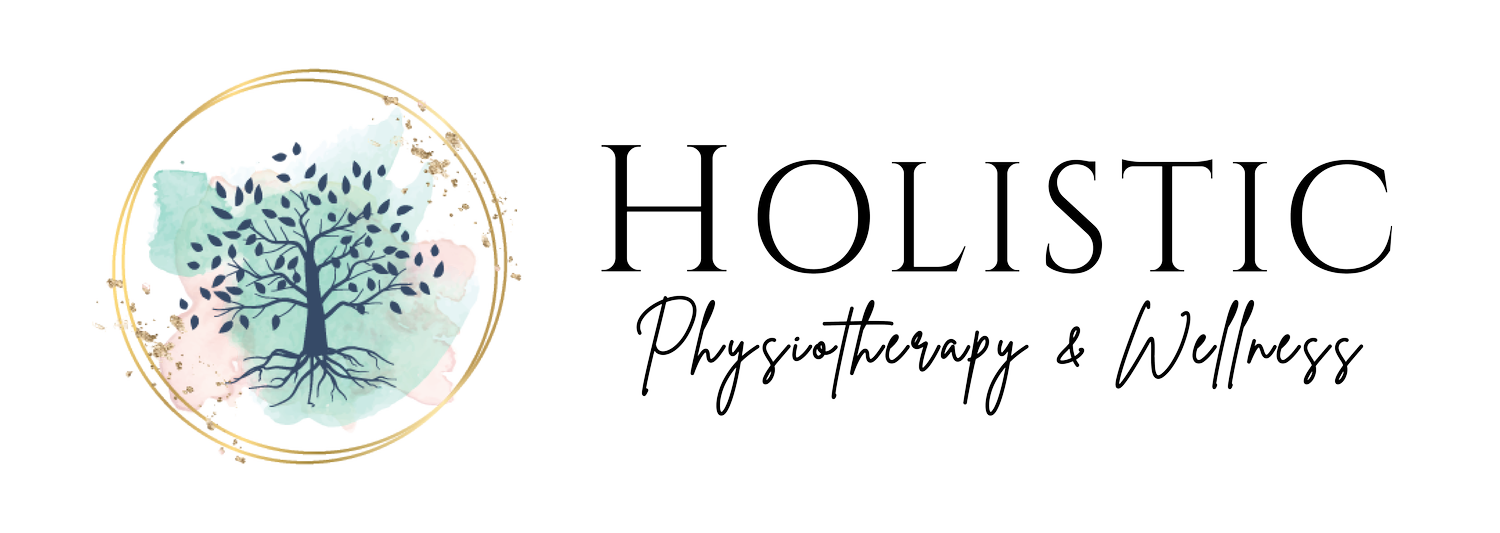The Holistic Approach to Chronic Pain
Written by Danielle Bararuk | November 11, 2020
In order to talk about chronic pain, I think it is important that we first talk about how and where pain is produced. Pain is produced by our nervous system to protect us. However, sometimes the nervous system becomes the problem. For example, you are raking leaves and you step on something sharp. There are sensors that pick up danger messages in your foot and these messages travel to the spinal cord via nerves. They then travel from your spinal cord to your brain to alert you. This is your amazing nervous system. It tells you that there is a threat or an injury and motivates you to take action. It works as an alarm system to protect you. The brains job is to produce pain. You then remove your foot from the sharp object, and go and assess the injury and clean it up. Over time as the injury heals, the alarm goes down slowly as the threat and danger signals decrease. The alarm system may be still telling you to take it easy as things are healing. The pain usually goes away before or when the tissues are healed. It is important to understand that the brain produces the pain NOT the injured tissues. The pain usually stops once our body no longer experiences the threat or danger messages. When the pain lasts after the tissues have healed, it is usually due to an extra sensitive alarm system. An extra sensitive alarm system or heightened nervous system is linked to hypersensitivity (light touch that causes pain), pain that spreads over time, pain that lasts longer than 3-4 months, and pain that is associated with high levels of fear. Things such as stress, anxiety, emotions, family and social dynamics, not just pain, can also contribute to an extra sensitive alarm (nervous) system. Eventually this creates a pain cycle. When the alarm system stays on, or is sensitized, you are still experiencing pain because it thinks there is a threat. This continued experience of pain sends more danger signals to your brain, which in turn produces more pain. When pain persists for greater than 3-4 months it is sometimes classified as chronic pain.
Now that we have learned where pain is produced, how it starts, and how it becomes chronic, we can discuss the importance of a holistic approach to treatment. The biopsychosocial approach takes the whole person into account. Science says that we have a lot more options to change pain when we look at it from a biopsychosocial model. Biological-physical health, genetics and drug effects. Psychological-coping skills, social skills, family dynamics, mental health and self-esteem. Social-peers, family circumstances, family relationships. The wonderful thing about our nervous system is that it is neuroplastic. Neuro-meaning nervous system and “plastic” meaning moldable. We now know there are many factors that contribute to a sensitized nervous system, so we must look at all those same factors to desensitize it. This means that we must treat more than just the patient’s injury or physical health. We need to look at all the things that influence the patient’s pain. For example, we may need to learn how to process and work through our emotions, thoughts, relationships, and the way we cope with things such as stress. This will help desensitize or down regulate our nervous system, making our alarm system less sensitive too! Good news is, if our nervous system is not hypersensitive our brain will stop producing unnecessary pain!
At Holistic Physiotherapy & Wellness we believe and practice the biopsychosocial model of health care. We have an integrative team of health care professionals that all strive to empower our patients to be leaders in their journey.
Danielle Bararuk
Physiotherapist
Pelvic Health Therapist


